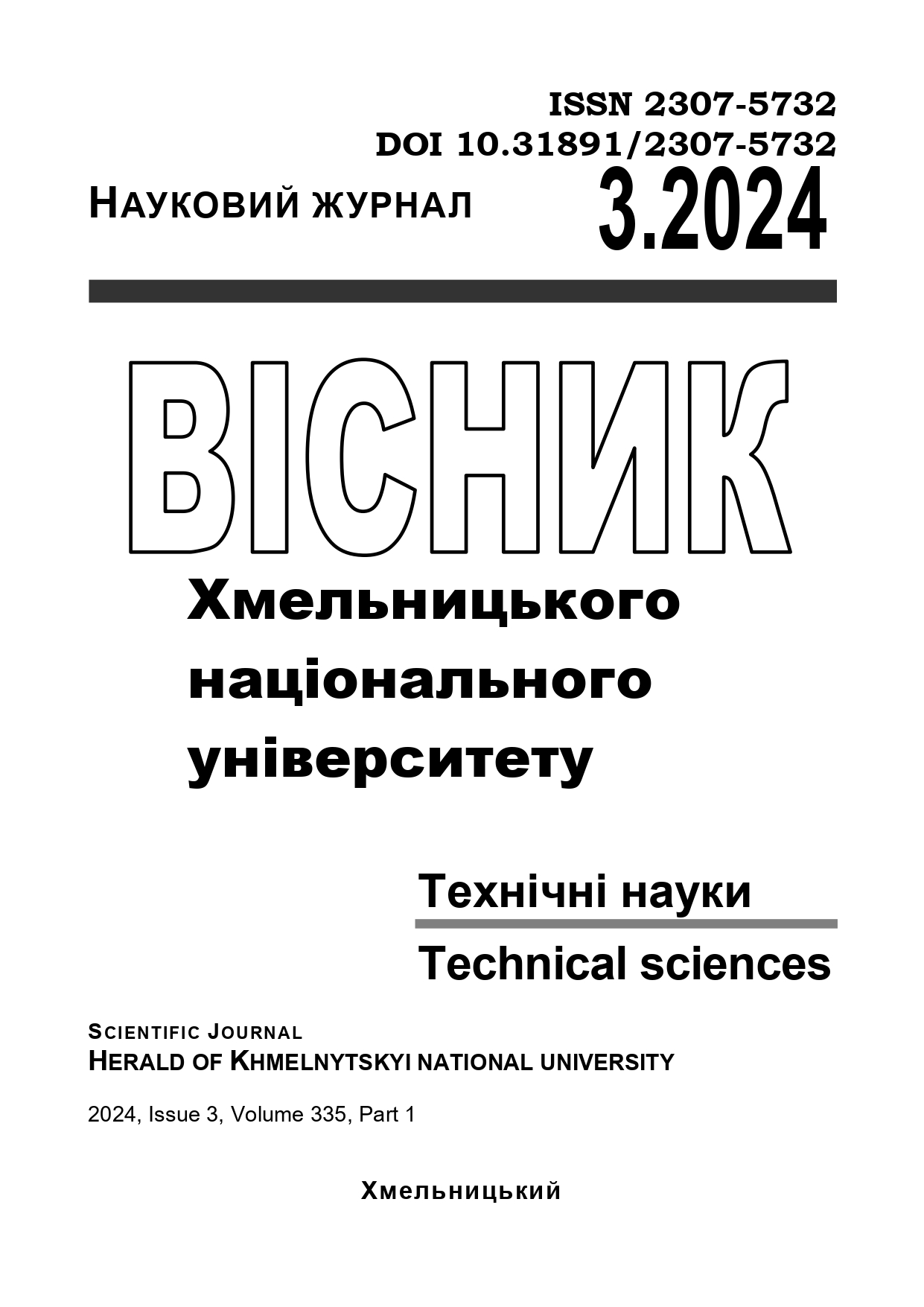THE PROBLEM OF OPTIMAL DISCRETIZATION OF LOW-FREQUENCY AND BAND SIGNALS IN CYBERPHYSICAL SYSTEMS WITH ANALOG INTERFACES
DOI:
https://doi.org/10.31891/2307-5732-2024-335-3-40Keywords:
signal sampling, low-frequency signals, bandpass signals, cyber-physical systems, analog interfaces, signal-to-noise, SNR, sampling redundancy, sampler stabilityAbstract
The article delves into the crucial problem of selecting the optimal sampling frequency in digital signal processing, particularly focusing on signals with limited bandwidth. While traditional methods rooted in the Nyquist-Shannon sampling theorem offer clear guidance for low-frequency signals, they overlook the nuances of band-limited signals. Consequently, in such scenarios, selecting the sampling frequency requires ensuring sufficient frequency to prevent distortions while maximizing the signal-to-noise ratio. The research explores various approaches to address this issue and formulates practical recommendations and criteria for sampling frequency selection. Notably, it highlights the significance of oversampling, signal-to-noise ratio, and sampler stability. Moreover, the paper illustrates how various factors influence the sampling process. For instance, it demonstrates that increasing the sampling frequency may lead to a reduction in the signal-to-noise ratio due to noise uniformly distributed across the frequency spectrum. These insights underscore the necessity of adopting a holistic approach to selecting the optimal sampling frequency, which considers both signal and noise characteristics. Additionally, the article outlines avenues for further research and the development of practical methodologies for sampling frequency selection across diverse fields utilizing digital processing of analog signals. It emphasizes the need to generalize research findings and devise universal approaches for optimal sampling frequency selection in applied tasks. Such an approach is crucial for ensuring a compact and accurate representation of the signal in digital form, which is essential for many modern systems and technologies.

